Podcast: Play in new window | Download | Embed
Photo courtesy Gila River Police Department / Facebook
Members of the Gila River Indian Community in Arizona recently revealed that the tribe’s police chief was fired following a July town hall meeting to address violent crime across the nearly 600-square-mile reservation south of Phoenix, Ariz.
While leaders would not publicly confirm these claims, KJZZ’s Gabriel Pietrorazio has new details.
In a Sunday social media post, the Gila River Indian Community confirmed that Jesse Crabtree is no longer the tribe’s chief of police.
He has been replaced by Criminal Investigations Bureau Commander Jeffrey Hunter – now appointed acting chief – following a month-long internal review.
Hunter has been on the force for 25 years, while Crabtree began serving in 2020 before being promoted chief three years later.
Serving as one of the largest tribal law enforcement agencies, the Gila River Police Department employs more than 120 sworn officers.
By comparison, the neighboring Navajo Nation lays claim to being the biggest in Indian Country with over 200 police officers patrolling a sprawling reservation roughly 45 times greater in size than Gila River.
The Navajo Nation population is about 12 times larger.
Now a nationwide search is underway to find Gila River’s next police chief, which the tribe says is meant to enhance public safety through meeting the needs of its leaders and members.
A youth curfew aimed at curbing violent crime, which the tribe says largely stems from juveniles, has been in effect since February.
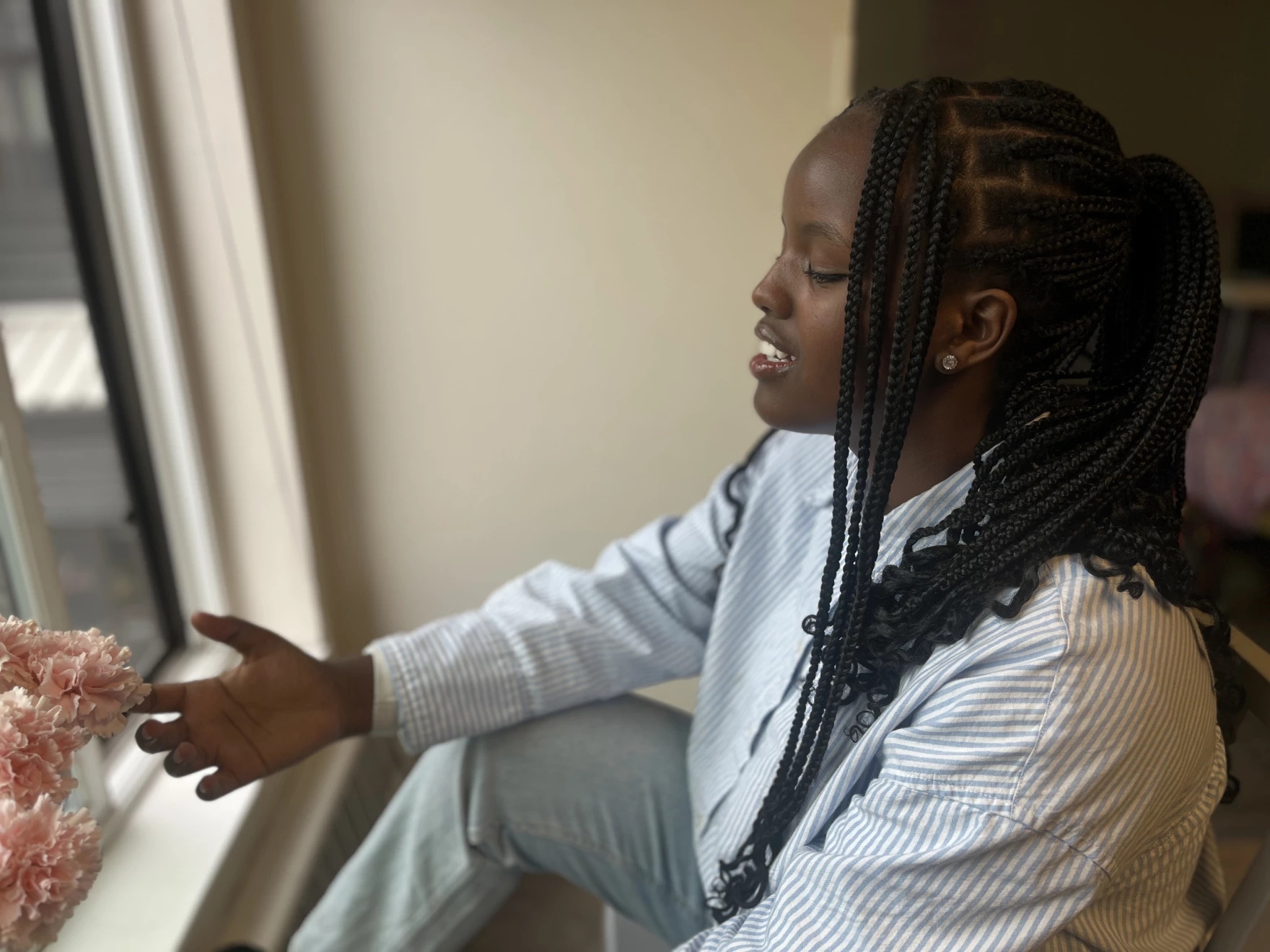
Deko Harbi sits in her room in Anchorage on July 20, 2025. She entered Alaska’s foster care system when she was 16 and says it was hard to get the help she needed from the Office of Children’s Services. (Photo: Rachel Cassandra / Alaska Public Media)
A 2018 law aimed at improving outcomes for kids in Alaska’s foster care system hasn’t led to much meaningful progress, according to state audits.
Last year, almost 70% of kids in Alaska’s foster care system were Alaska Native and American Indian.
Alaska Public Media’s Rachel Cassandra reports on the findings in the first of a two-part series.
When Deko Harbi was sixteen, she was removed from her mother’s care and entered state custody. She and her little sister and brother went to live with their older sister.
“She was 21 at the time that this all started.”
Harbi says her sister wasn’t up for the kind of parenting she and her siblings needed. She says the household quickly became unlivable.
“It was constantly dirty, it smelled horrendous. There was always screaming. There was no peace. There was no like order in the house.”
Case workers from the Office of Children’s Services (OCS) are required to do home visits with kids at their placements every month, but Harbi says they never came to check on her and her siblings.
She says anytime she needed something from OCS, like getting a voucher for winter clothing, it was an uphill battle.
“It was like pulling teeth trying to get in contact with an OCS worker. I would call them. I would go in person to their office.”
Former State Rep. Les Gara (D-AK) from Anchorage was thinking about kids like Deko Harbi in 2017, when he introduced legislation proposing sweeping reforms of OCS.
The law aimed to dramatically increase the number of caseworkers at the department to help reduce caseloads to an average of 13 for experienced workers. And it required the office to more than double the amount of time child protection workers spent in training.
Gara says he drafted the legislation with experts after careful research on successful models in other parts of the country.
“We gave the state the gold standard, and said, this is how you run a system, so that children suffer as little trauma as possible, have as great a chance to succeed in this world as possible.”
The legislation had broad bipartisan support and became law in 2018.
In order to keep tabs on the department’s progress implementing the law, it required three audits.
The final audit was released in June and concluded that since the law passed, OCS hasn’t implemented most of the law’s requirements or changed outcomes for Alaska kids.
The report shows 70% of experienced caseworkers still had more than 13 cases, in many cases double or even triple that number.
The office had high vacancy rates and turnover, which experts say leads to worse outcomes for kids.
The report says that’s despite the $20 million OCS got to address labor challenges.
Get National Native News delivered to your inbox daily. Sign up for our daily newsletter today.
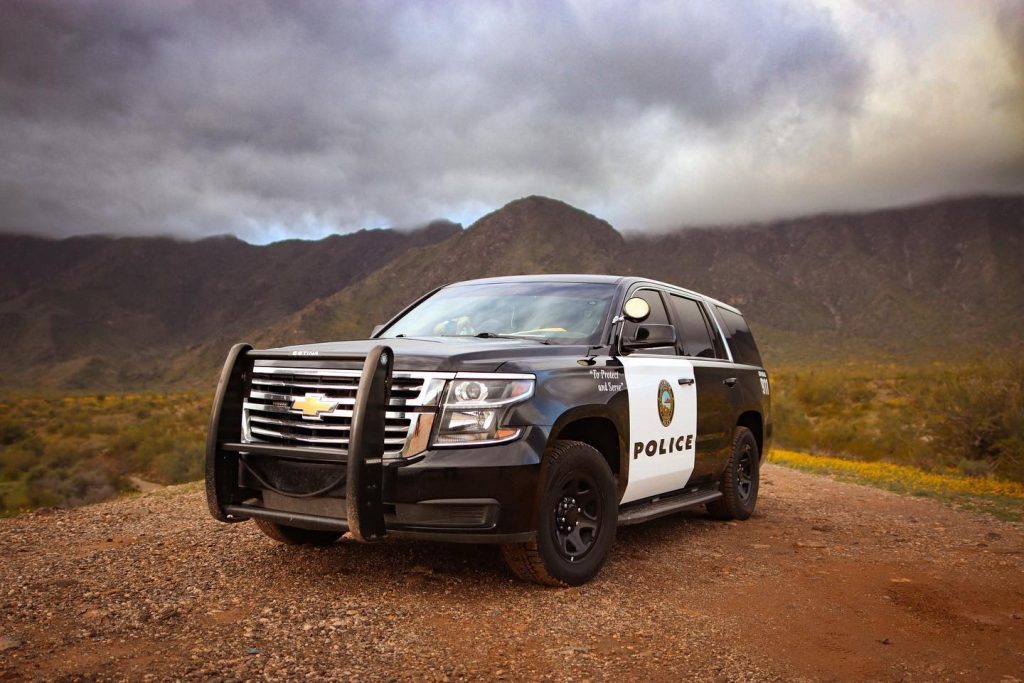
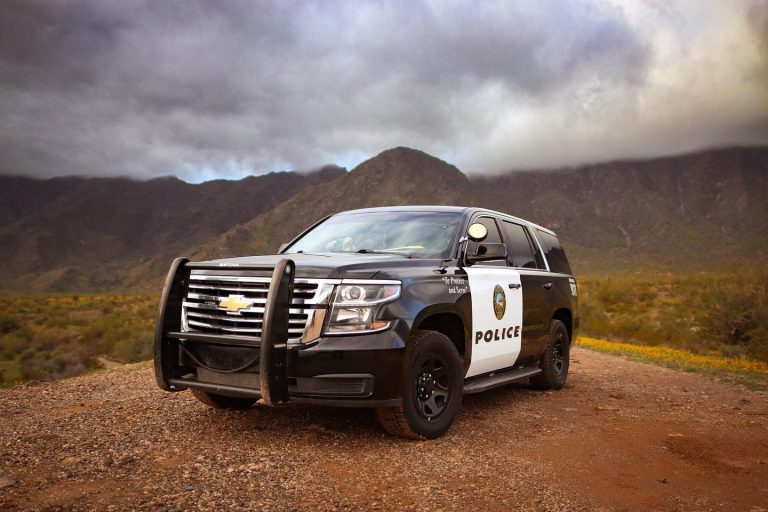
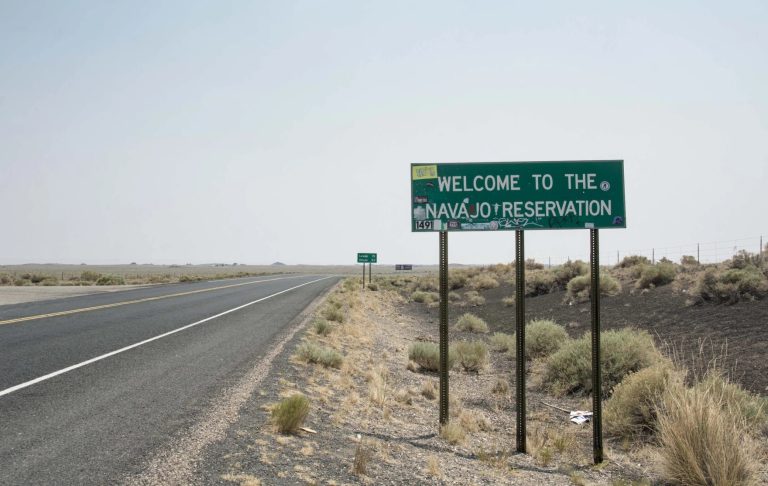
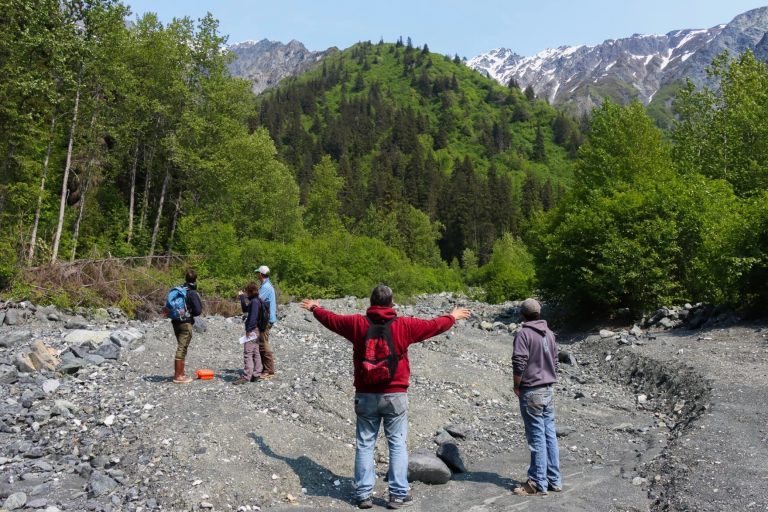
Leave a Reply